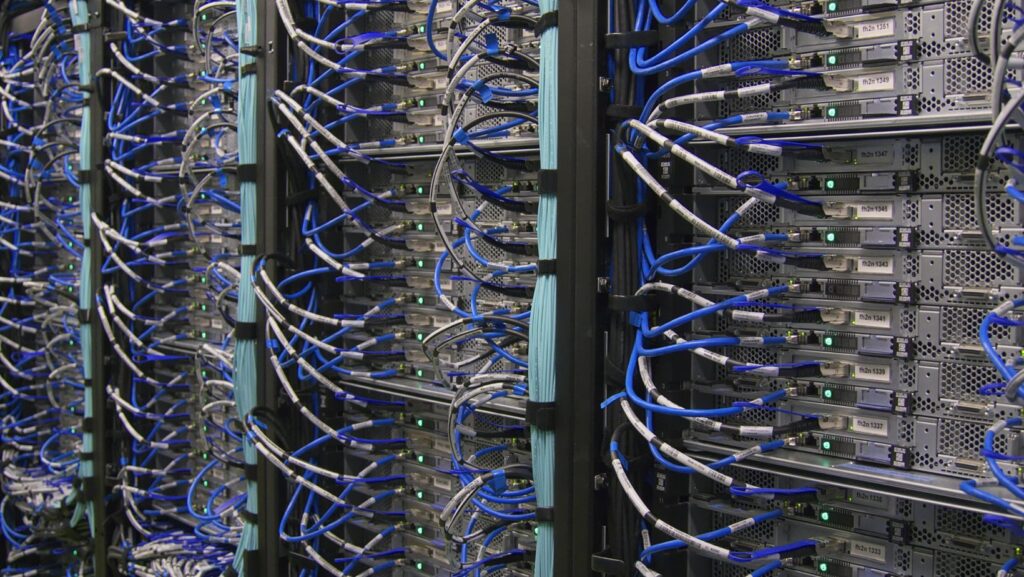The Possibilities of Your Home Server: Game Hosting, Home Labs, and More

Setting up your first home server is an exciting step if you’re looking to get into server configurations. Everyone’s starting point is different. You may be repurposing an old laptop, building a dedicated machine, or investing in your first serious piece of hardware.
There are a few ways to get set up simply, like creating a Plex server to stream media throughout your home. But as you get more comfortable, there is a lot of other possibilities to try, which we will explore.
This guide will help you discover new and exciting ways to make the most of your home server.
Game Server Hosting
As far as home server projects go, setting up a game server is one of the most rewarding places to start. Whether you’re hosting Minecraft, Ark: Survival Evolved, Rust, or any other multiplayer game, running your own server gives you complete control. And best of all, you won’t need to rely on, or pay for, expensive third-party hosting services.
Getting started typically involves installing a lightweight operating system like Ubuntu Server or using a solution like Unraid, which makes managing multiple virtual environments much easier.
Before getting started, assess your rig. You may need to upgrade your hardware by adding extra RAM, additional storage drives, or improving cooling to handle the demands of your game. The type of game you want to run, and how many players you expect, will help determine the level of hardware you’ll need.
A well-refurbished HPE ProLiant server from ETB Tech is typically enough to handle most game-server hosting needs.
Game server hosting is an excellent way to learn about networking, port forwarding, and server maintenance while having a bit of fun.
Home Lab for Experimentation and Learning
A home lab is a fantastic way to experiment and pick up valuable IT skills without the risks that come with using live environments. Setting up services like a DNS server with ad-blocking and malware protection (using tools like AdGuard Home or Pi-hole) is a typical starting point.
You can also self-host password managers like Vaultwarden, which keeps your sensitive information under your control.
Dashboards can help you keep track of all your services from a central page. You could even branch out into more niche projects, like hosting your own recipe manager, or creating a personal library system for comics, books, and more.
Every new service you set up teaches you something new about networking, server management, and application hosting, which builds real-world skills while setting up tools you’ll actually use.
Smart Home Integration and Automation
Integrating your server into a smart home setup unlocks an entirely new level of control. Using platforms like Home Assistant, you can connect and automate a wide range of devices: lights, thermostats, cameras, smart plugs, and more, while keeping everything local and private.
Home Assistant runs on your own hardware, which we all know has better privacy and faster responses.
There’s definitely a learning curve at first, especially when setting up automations and device integrations, but the community support is outstanding, and there are countless tutorials and videos available to guide you through.
What Will You Use Your Server For?
No matter what direction you take, a home server is an incredibly versatile tool that can grow with your needs and interests. As you become more confident with it, you’ll find even more creative and practical ways to put your server to work. Look back in a year or two’s time and you will be amazed at what you can do then compared to now.
The best part is that you can start small, experiment, and expand over time. So, what will you use your server for?



 Embedtree Games Software: Level Up Your Gaming Experience
Embedtree Games Software: Level Up Your Gaming Experience  Improve Software HCS 411GITS: Unlocking Its Full Potential
Improve Software HCS 411GITS: Unlocking Its Full Potential  Embedtree Games And Software: Elevate Your Gaming Experience
Embedtree Games And Software: Elevate Your Gaming Experience